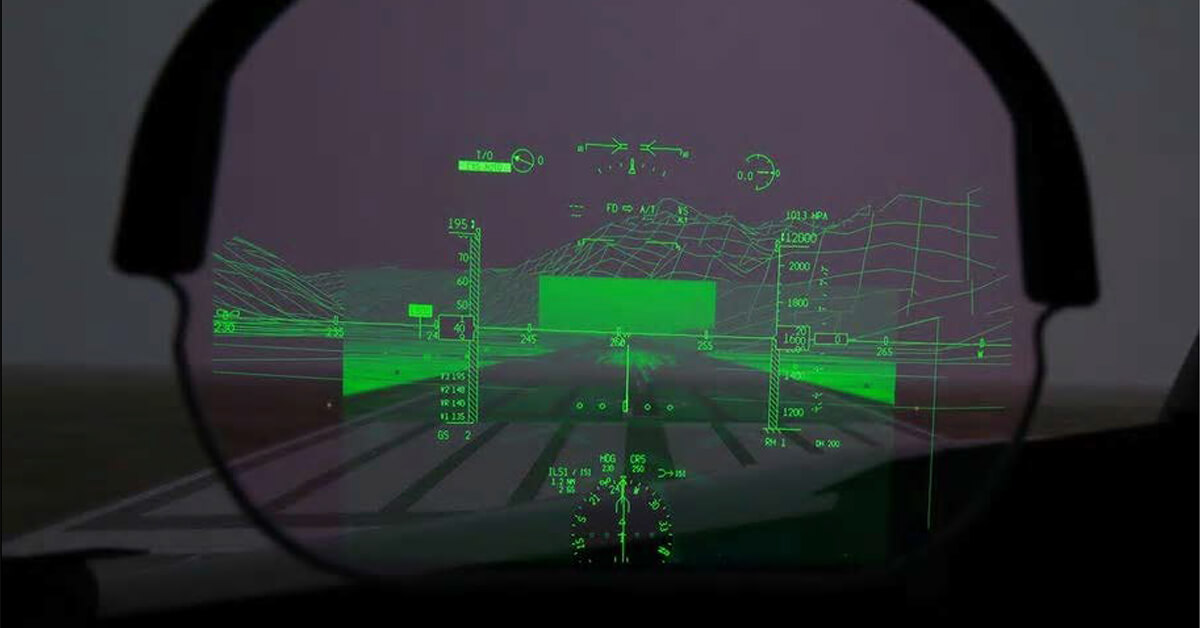
July 31, 2020
The NBAA GO International Operators Conference (IOC2020) wrapped up July 30 with a forward-looking discussion of safety and operational benefits provided by the next generation of avionics technology, as well as the latest regulatory considerations affecting their use.
Originally scheduled to take place in Charlotte, NC, from March 16-19, IOC2020 pivoted to an online format in response to the COVID-19 pandemic. Over the course of 14 weeks, the conference featured nine recorded education sessions (followed by live Q&A sessions) and three interactive live sessions in which participant questions were answered during the event.
“This magnificent campaign has made us a better association and industry, and those involved in planning it are paving the way for new and different types of learning,” said NBAA President and CEO Ed Bolen during his opening address.
The live event’s discussion centered around two technologies with immediate operational applications: enhanced flight vision systems (EFVS) and space-based ADS-B.
In addition to providing standard aircraft information and flight symbology, EFVS heads-up displays use electronic real-time sensors images of the forward external scene to give pilots improved situational awareness, particularly during low visibility conditions and night missions.
“You’re leveraging the infrared energy coming from the terrain and runway to get something that looks like what you would see in daylight conditions,” said presenter Nate Kowash, programs manager with Rockwell Collins.
Kowash also discussed domestic and international regulatory considerations for the use of EFVS, including the latest FAA and European Aviation Safety Agency authorization requirements, and potential benefits of Combined Vision Systems, which add synthetic vision capabilities that generate 3D models of the external environment.
The intriguing possibilities presented by Aireon’s space-based ADS-B – as well as current hurdles to widespread adoption – were the focus of a presentation from 30 West IP owner Mitch Launius. With less than 30% of the world’s airspace covered by ground stations, this ADS-B system hosted on a constellation of Iridium satellites promises full global coverage, even in remote and oceanic airspaces.
“What this can do for the safety of that airspace is incredible,” said Launius.
Space-based ADS-B is currently implemented as a trial program in the North Atlantic Track (NAT) to reduce longitudinal and latitudinal separation for aircraft meeting eligibility requirements for onboard avionics. However, further expansion of the system will require buy-in from ATC organizations from across the world.
The presentation also included a detailed breakdown of European Aeronautical Telecommunication Network Baseline B1, a data link network using VHF ground-based systems that is now required above FL285 when flying in Europe.


 International Business Aviation Council Ltd.
International Business Aviation Council Ltd.